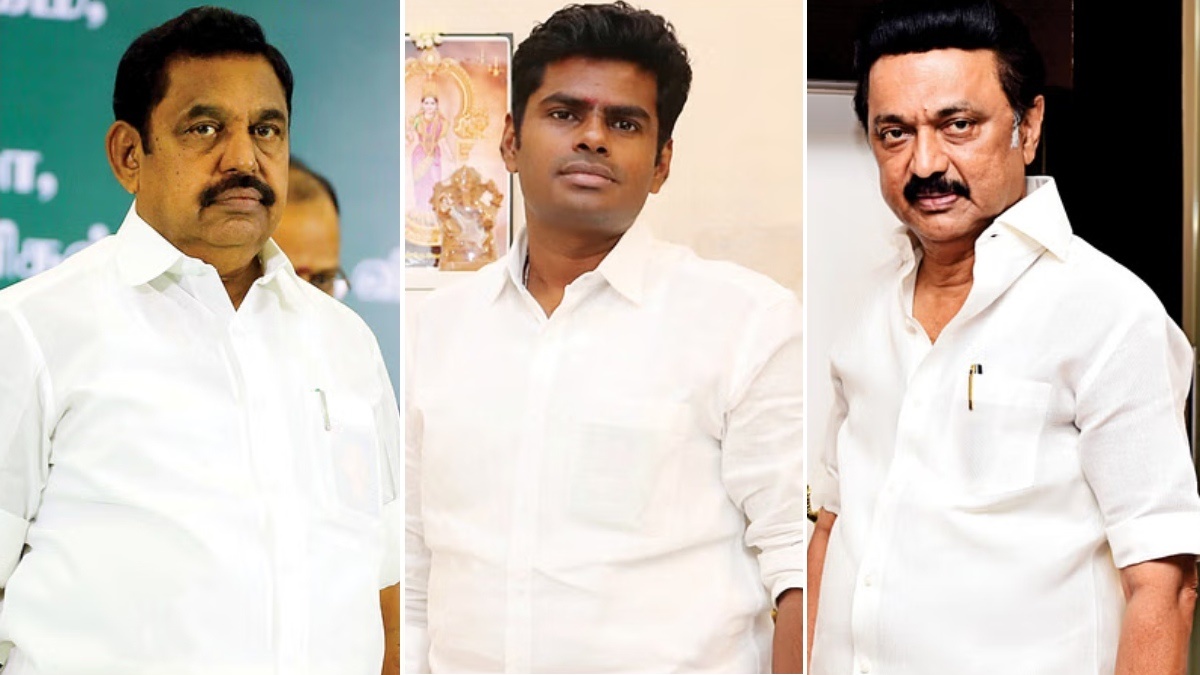
Sea Guardian drones: Why US agreed to sell armed version of these deadly hunter-killers
New Delhi, June 19: Gone are the days when UAVs were mostly used for reconnaissance and intelligence gathering, the new age drones used by defence establishments can attack and go for the kill like fighter jets. The main advantage that these new age military drones have over fighter aircrafts is greater flying endurance.
The Sea Guardian drones that India is procuring from the United States can stay at high altitudes for over 30 hours, silently hover over targets and close in to strike when the time is right. With both weight and cost much less than fighter jets, the Sea Guardians or Predator-B drones add a new dimension to a country's capabilities.

A TOI report says India has finalised the plan to acquire 30 weaponised Sea Guardian (or Predator-B) drones in a proposed mega defence deal with the US with 10 drones each for the Navy, IAF and Army. The Sea Guardians, which have a maximum range of 5,500 nautical miles with an endurance of 35 hours, will significantly bolster India's capabilities.

The defence deals between the two countries have been taking place for many years, but a major shift happened in 2016 when the US designated India as a Major Defense Partner. During the June 2017 meeting between Prime Minister Narendra Modi and President Donald Trump, the US had agreed to sell surveillance version of the Guardian drones to India.
The COMCASA (Communications, Compatibility and Security Arrangement) signed between the two countries in September 2018 was another big step in the sense that it paved the way for India to have greater access to advanced military technologies.
It may be recalled that the decision arrived at during June 2017 Modi-Trump meeting was about surveillance version of these drones and not the armed version. India does not have armed drones or unmanned aerial vehicles that can fire missiles, tribuneindia had reported. Indian armed forces were looking for UAVs for surveillance as well as for attacking land targets from air in an unconventional manner that involves both element of surprise and stealth.
Many things changed after February 14 Pulwama attack on CRPF convoy in which 40 Indian soldiers were killed. India intelligently leveraged on this ghastly attack, strengthened its strategic pitch in the American decision making circles and effectively made a case to highlight how badly we need high end technology to tackle to menace of terrorism. Another reason that worked in India's favour was the increasing militarisation and assertiveness of China in the Indo-Pacific region.

The Trump administration then approved the sale of armed drones to India and has offered integrated air and missile defence systems aimed at helping the country boost its military capabilities. Trump administration agreed to offer its best defence technologies to India.
US' defence offers have a condition:
US offers to provide hi-tech defence equipment also come with a veiled message that New Delhi should distance itself from Russia and in that sense Trump administration is not happy with the S-400 air defence system deal between New Delhi and Moscow. The latest nudge from Washington over the S-400 deal warns of serious implications on India-US defence ties if New Delhi's goes ahead with the deal to procure the lethal missile system from Moscow. US has serious concern over S-400 purchase and in a veiled manner hinted that it may have a direct impact on any high technology cooperation in the future.
The US is trying to create a 'me or them' situation for India and expecting New Delhi to make a choice. The situation is tricky for India, but New Delhi has to opt for a mid-path and cannot afford to send any signal to suggest openly that it is leaning too much towards one side.
The developments in the recent years may suggest that India is increasingly leaning towards the West for defence technology, but the fact remains that military ties between New Delhi and Moscow are decades old and Russia will continue to play a big role in arms supply to India.
Also, Defence and strategic affairs expert Major General PK Sehgal had earlier told OneIndia that a weak India in the Asian region is not in the interest of the United States. Last year, when the sword of CAATSA sanction was hanging over India when S-400 deal was signed with Russia, Major General PK Sehgal had said, "Sanctions will not come. They (the US) know that India needs it (the S-400 system). We are a growing superpower in our own right. Whatever we need to defend ourselves we will procure it. America needs us much more in the India-Pacific region than what India needs US for. There is no way they can impose any sanctions whatsoever,"

The situation for India is such that it cannot choose one over the other which means the New Delhi needs both the US and Russia for its defence requirements. India wants to maintain its strong military ties with Russia, but at the same time does not want to sour relations with the US, and wants advanced military technologies from them.
Why US cannot take a harsh stand against India:
The US may not take a strong stance and punish India for being close to Russia. By doing so, the US may harm defence relationship with India which is considered as one of the world's most lucrative markets for arms exporters. According to a 2017 report by the UK's Royal Institute of International Affairs, India was responsible for 10.3 per cent of global arms imports between 2000 and 2016, with Russia supplying 72 per cent of those imports. So, it is all pure business in a way. Everyone wants a share of India's big defence spending.A startling fact, the US has already bagged military contracts worth USD 17 billion from India just since 2007, while also remaining in contention for several other major projects.


 Click it and Unblock the Notifications
Click it and Unblock the Notifications
































